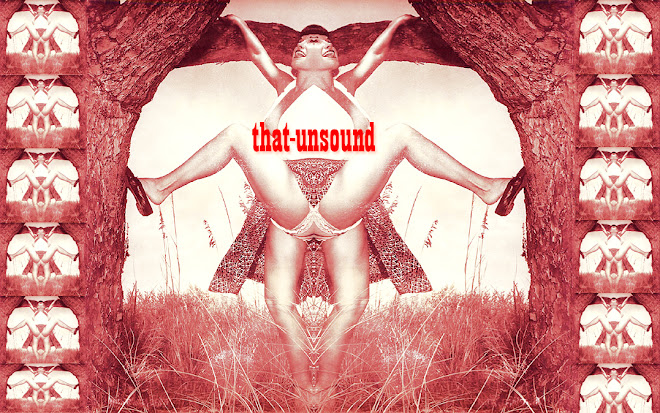
Musical Scales Mimic the Sound of Language -The harmonics of human vocalization may generate the frequencies used in music.
Throughout history, humans of many cultures have found approximately the same small set of sound frequencies musically appealing, as in the 12-note chromatic scale played on the black and white keys of a piano. The frequency of every note occurs in a simple ratio to those of other notes, such as 3:2 or 2:1.
Dale Purves, a neuroscientist at
“Tonality in nature seems to come only from vocalization,” Purves says, but previous researchers had found no evidence of music-like intervals in the rise and fall of speech. So he looked at the harmonics of vowel sounds, which are created when air passes through vocal folds that can be controlled with a precision similar to the range of a musical instrument. He discovered that when the tonal intervals, or harmonics, of a single vowel sound were broken down, the frequency ratios of our familiar music scales are usually found.
“If this really holds water, it’s an entry into the whole question—and it’s a very divisive question—of what human aesthetics is all about,” says Purves, who usually studies the neuroscience of vision. “The implicit conclusion in this work is that aesthetics is reduced to biological information, and that is not what musicians and philosophers want to hear.”









No comments:
Post a Comment